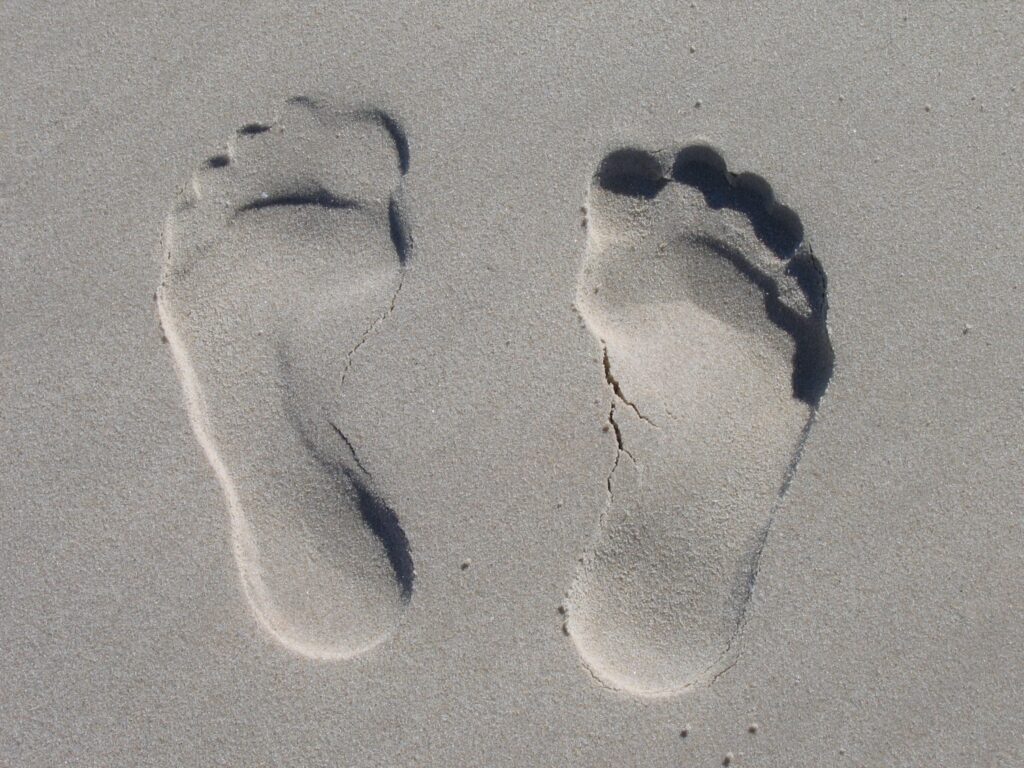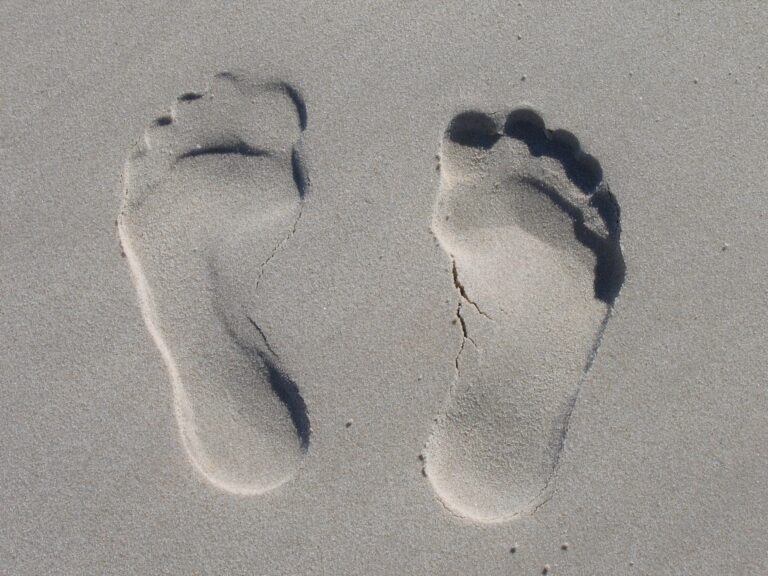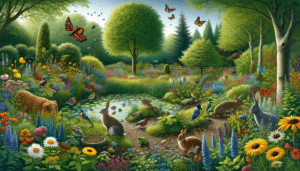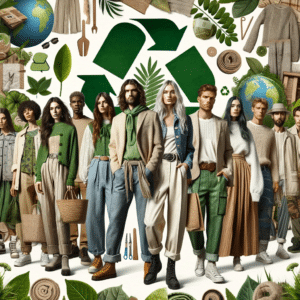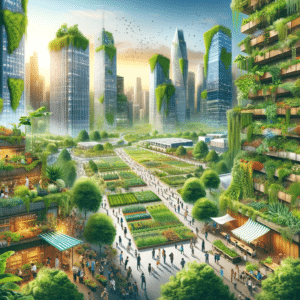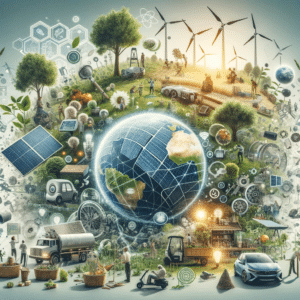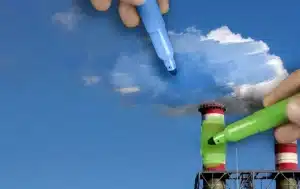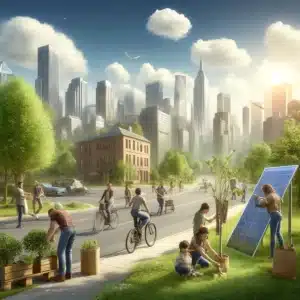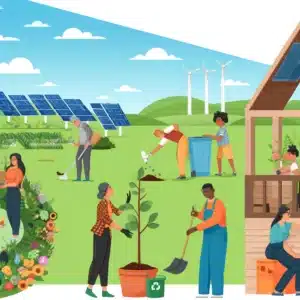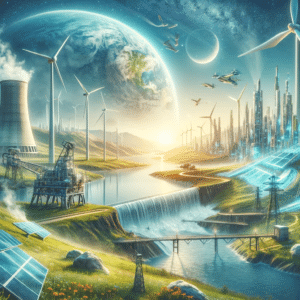Do you know that your everyday habits and actions have a significant impact on the environment? From the food you eat, the clothes you wear, to the way you commute, all contribute to your carbon footprint. But don’t worry, it’s not too late to make a change! In this article, we’ll explore the shocking truth about how your daily habits are harming the planet, and most importantly, we’ll provide practical tips on how to reduce your carbon footprint starting today.
Carbon dioxide helps to trap heat in our atmosphere. Without it, our planet would be inhospitably cold and most of the creatures who live on the planet would not be able to survive. However, an increase in CO2 concentrations in the atmosphere is causing the temperature to rise. Carbon dioxide levels in our atmosphere increased since the start of the Industrial Revolution, which is creating the global temperature. Carbon footprint is how we call and measure greenhouse gasses released into the atmosphere caused by humans, It’s usually measured in tonnes of CO2e (carbon dioxide equivalent).
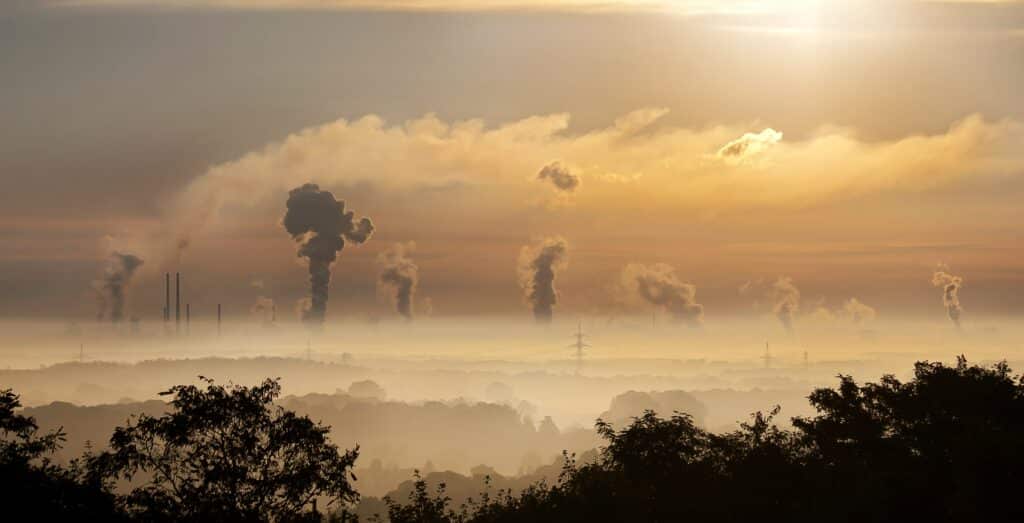
The world emits around 50 billion tonnes of greenhouse gases each year !
Understanding Carbon Footprint: What It Is and Why It Matters
The two significant natural sources of CO2 in Earth’s atmosphere are Volcanic outgassing and wildfires. Furthermore, respiration- the process by which organisms liberate energy from food, emits carbon dioxide. When you exhale, it is carbon dioxide (amongst other gases) that you breathe out. On the other hand- Photosynthesis, the biochemical process by which plants and some microbes create food, uses carbon dioxide. Photosynthetic organisms combine CO2 and water (H2O) to produce carbohydrates and produce oxygen as a by-product.
Greenhouse Gas (GHG) – Any type of gas in the atmosphere that prevents heat from escaping.
The Greenhouse Effect and Climate Change
The greenhouse effect is a natural process that makes our planet habitable. Greenhouse gases in our atmosphere capture heat from the sun, keeping our planet warm and cozy. However, our activities have caused an overabundance of greenhouse gases, leading to an unnatural warming of the planet. This is known as climate change, a long-term shift in global or regional temperature and weather patterns. Human-induced climate change is rapidly accelerating and causing global warming. The average surface temperature of the Earth has increased rapidly due to the accumulation of greenhouse gases in the atmosphere.
Fossil Fuels and Greenhouse Gas Emissions
Fossil fuels are a major contributor to the accumulation of greenhouse gases in the atmosphere. These fuels are formed from the decomposed remains of ancient plants and animals and contain carbon and hydrogen, which can be burned for energy. When we burn fossil fuels like coal, oil, and natural gas, we produce carbon dioxide and other greenhouse gases that trap heat in the atmosphere. This leads to the acceleration of climate change and the warming of our planet. It is crucial that we take action to reduce our reliance on fossil fuels and transition to more sustainable sources of energy.
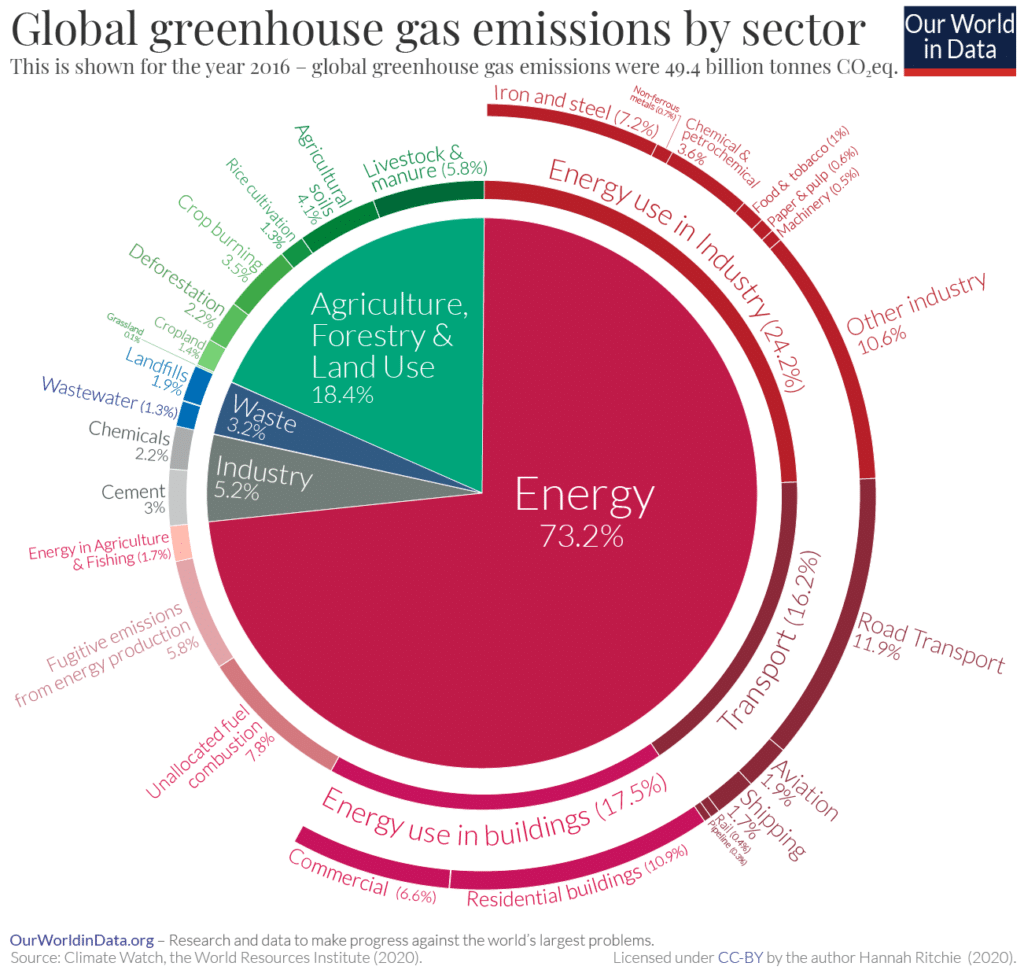
Global climate change is already happening. Changes to Earth’s climate is increased by human emissions of heat-trapping greenhouse gases are already affecting the environment: glaciers and ice sheets are shrinking, river and lake ice is breaking up earlier, plant and animal geographic ranges are shifting, and plants and trees are blooming sooner.
Effects that scientists had long predicted would result from global climate change are now occurring, such as sea ice loss, accelerated sea level rise, and longer, more intense heat waves.
Each of us can make a difference by reducing our personal greenhouse gas emissions ,
Reduce Your Energy Consumption
- Reduce, reuse, recycle and compost Businesses of all sizes use a variety of different products in their day-to-day operations. Whether it’s paper, electronics, packaging or water – everything leaves a carbon footprint. By reducing the amount of waste you generate, reusing it and recycling waste, you can make a real difference.
- Compost your food waste whenever possible Composting has amazing benefits for the environment, especially when food waste becomes a big problem. By building a composting system in your school, you can help reduce methane emissions from landfills. Plus, this type of compost is free, requires no energy to produce, and is good for your school garden.
- Choose organic and regional foods that are in season. Long-distance transportation of food, whether by truck, ship, train or plane, uses fossil fuels as fuel and refrigeration to prevent food from spoiling in transit
- Buy less
- Drive less If possible, walk, take public transportation, carpool, bike or bike to your destination
- Try not to buy fast fashion
- Buy vintage or recycled clothing
- Bring your own reusable bag
- Insulating Your Home heating your home can be an expensive and energy intensive process. By insulating places like attics and walls, you can ensure your home retains heat in winter and cool in summer. This means you use less energy, reducing your carbon footprint and household bills, it is not easy to find plastic free ones, make sure you get the right material!
- Change to renewables Energy suppliers all over the planet are presently offering greener duties. By changing to an organization that gives power from sun based, wind, or hydroelectric energy, you can decrease your family outflows and get a good deal on your energy bills. You might actually introduce sunlight powered chargers assuming they’re promptly accessible where you reside.
- Turn lights out when you leave the room and turn off your electronic gadgets when they are not being used
- Avoid single-use plastics
- Purchase energy proficient Electrical apparatuses are turning out to be more effective constantly. Furthermore, numerous nations currently show how proficient specific items are, meaning you can pursue an educated decision. Whether it’s purchasing energy-saving lights or picking machines with a high energy star rating, you can make your home more eco-accommodating. Furthermore, make a point to switch off and turn off anything you’re not utilizing.
- lastly and very significant is to Bring issues to light – bring everyone around you into the awareness.
By lowering your carbon footprint, you can help contribute to the overall reduction of greenhouse gas emissions. In our fight against climate change, by making these small adjustments it can lead to big results.
Calculate Your Carbon Footprint
Finally, if you want to take your carbon footprint reduction to the next level, consider using a carbon footprint calculator. It’s a tool that calculates your carbon emissions based on your lifestyle, and it provides recommendations on how to reduce your carbon footprint. You can find a carbon footprint calculator by visiting our Carbon Foorprint Calculator.
Take Action and Reduce Your Carbon Footprint
In conclusion, reducing your carbon footprint doesn’t have to be difficult or expensive. Simple changes to your daily habits, such as reducing your energy consumption, changing the way you commute, and eating less meat, can have a significant impact on the environment. And if you want to take it one step further, use a carbon footprint calculator to determine your carbon emissions and find ways to reduce them. Remember, every little bit counts!
In B-Eco we always try to be as much transparent as we can to deliver the most sustainable and eco-friendly information and products, check Our Sustainable Shop to see a variety of reliable small businesses with products that match our values.
Thank you for reading! Remember- sharing and talking about the topics we share here with you is very important for our planet to heal- it is in our hands !
Recommended book related to this topic How to Reduce Your Carbon Footprint: Practical Ways to Make a Real Difference HERE
References: The Effects of Climate Change- NASA HERE Carbon Dioxide- UCAR HERE
Emissions by sector-Our world in data HERE

